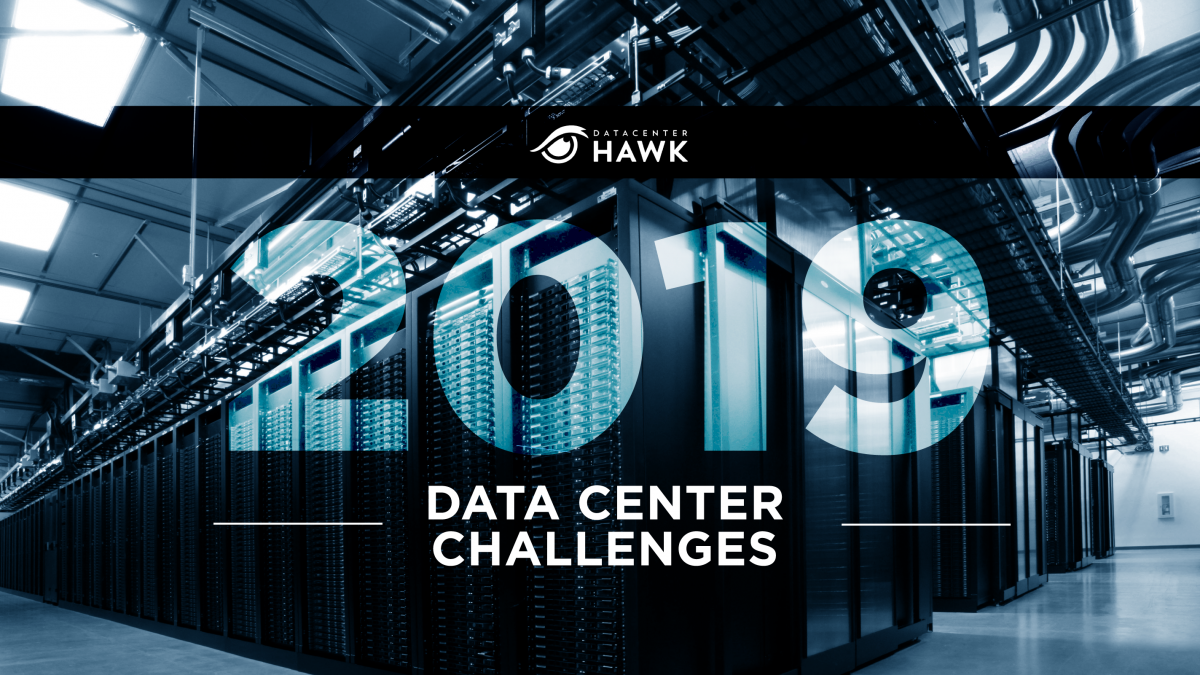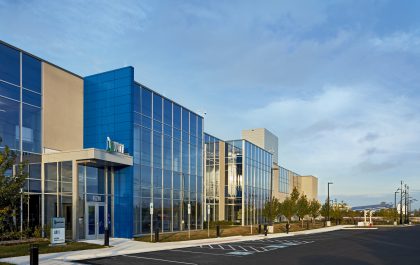datacenterHawk Discusses Challenges the Data Center Industry Faced in 2019
In the last article on Data Centers Today, we sat down with David Liggitt and Luke Smith of datacenterHawk, one of the industry’s leading analyst firms that is trusted for delivering actionable insights into the data center market, to talk about the growth of the data center industry in 2019 and the trends that contributed to data center absorption this past year.
Based on their input, it sounds like 2019 – while still a solid year for data center absorption and industry growth – didn’t show the same level of record growth that the industry experienced in both 2017 and 2018. However, new data center markets were identified in the past year, and the continued growth of hyperscalers as well as the increased reliance on advanced IT applications across enterprises still contributed to a positive year for the industry.
In the second part of that conversation, we dug deeper into some of the challenges that data center providers faced this past year. We asked about some of the new approaches to data center construction that providers embraced to help combat those challenges. Finally, David and Luke weighed in on whether data center supply drives demand or vice versa.
Interviews with David Liggitt and Luke Smith

Data Centers Today (DCT): What were some of the largest trends or initiatives that you saw in data center construction in 2019? What initiatives or technologies were data center providers looking to implement this past year?
Luke Smith: Speed-to-market was a very important factor for operators trying to win hyperscale requirements. Cloud service providers are certainly comfortable building and owning their own infrastructure, so when they lease capacity from data center operators, they expect it to be delivered expeditiously. The ability for a data center operator to deliver capacity quickly was and will remain very important.
Scalability was also very important. Data center users needed the ability to ramp up. The need for scalability has changed the way that data centers are being filled today. We have seen a tremendous amount of efficiency, growth and change in the way that data center facilities are being laid out today.
David Liggitt: One of my most enjoyable roles at datacenterHawk is getting to talk with data center operator leaders and hear their perspective on the market. I often ask them, “How do you try to attract these large requirements, but also remember that you’re trying to appeal to the enterprise data center demand as well?” That’s a big challenge. When you have a six-megawatt data hall and want to break that for a one-megawatt user, you have to balance that with trying to attract a very large user.
Another interesting development trend in 2019 was the data center operator community finding ways to lock in their pricing for as long as they can. Data center pricing has become more aggressive over time because it’s a more competitive market, and data center operators are building more efficient solutions. They have really done a good job working with contractors so that they’re not getting taken on additional unrequired build costs. And the electrical and cooling solutions today meet the redundancy level that most users require.
The operational teams at data center companies are becoming more important every day. In today’s data centers, the engineering staff ensure that a facility’s power doesn’t go down and that they run as efficiently as possible. This means that the maintenance must be done in both a time-efficient and consistent manner.
DCT: You both mentioned speed-to-market and scalability. Can you talk a little bit about the strategies that providers are incorporating or some of the design changes that they’re implementing to enable that?
David Liggitt: Data center developments are bigger and more dense today than they were years ago. If you think about where the industry was back in 2010, we were seeing 120 to 150 watts per square foot and data halls in the 10,000 to 20,000 square foot range. Today, we are seeing data halls in the 15,000 to 20,000 range on the low end – and up to 60,000 square feet on the higher end.
DCT: What were the biggest challenges you saw in 2019 related to data center development and/or consumption, and how were they overcome, or have they been overcome?
David Liggitt: One challenge our industry wrestles with is the inconsistency of demand. So, it’s not uncommon to have a financial quarter where the absorption is slow. Three months later, there might be more consumption than there’s ever been in the industry. I think that’s certainly a challenge as the industry tries to answer the question, “How much capacity do we need?” and “How much capital should we deploy to meet the upcoming demand?”
I think the way the industry has worked through that has been by building very reasonably. People looking at our industry might think that data center providers are building too much as it relates to capital allocation. But there’s a reason why the data center provider stocks today are trading at their highest point. It’s because they’ve figured out a good model related to how much capacity to have available on the market when they need it.
They’ve also identified how to speed up the timeline in markets where they have land but are not yet building today. We’re certainly seeing that take place in areas like Virginia, Chicago, Dallas, Phoenix and Silicon Valley.
That’s just one of the challenges, but that’s probably the biggest challenge that I’ve seen in 2019.
DCT: David, you said previously that when providers build data centers, requirements start to pop up. Are you saying that supply drives demand?
David Liggitt: That’s a good question, and one that I can argue both ways. It probably makes everybody in the industry feel good if I say supply drives demand. But through my experience, it’s very clear when there are mature data center facilities and options available for data center users, they are leased. It’s a more cost-effective model, and it works better for the end user over the long run.
In the last article in this series, we’ll look forward with David and Luke to see what they anticipate for the data center industry in 2020 and beyond.



